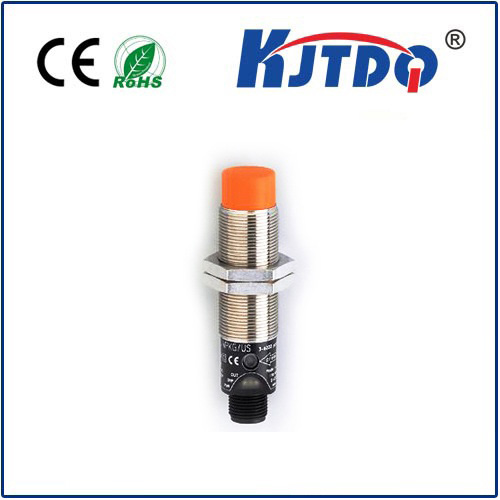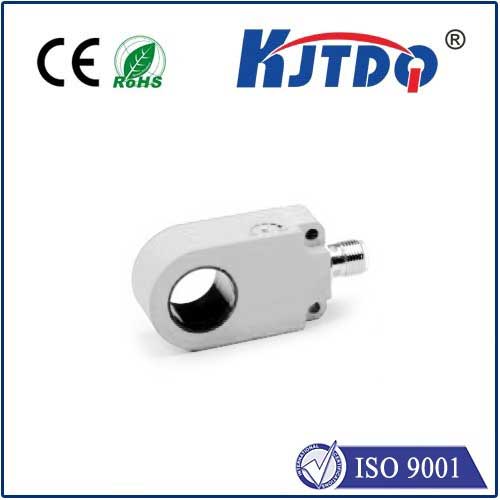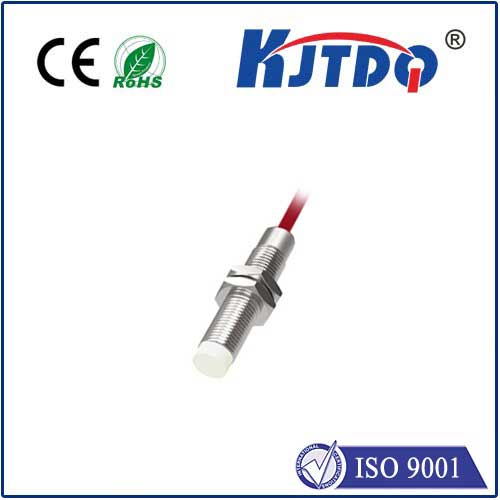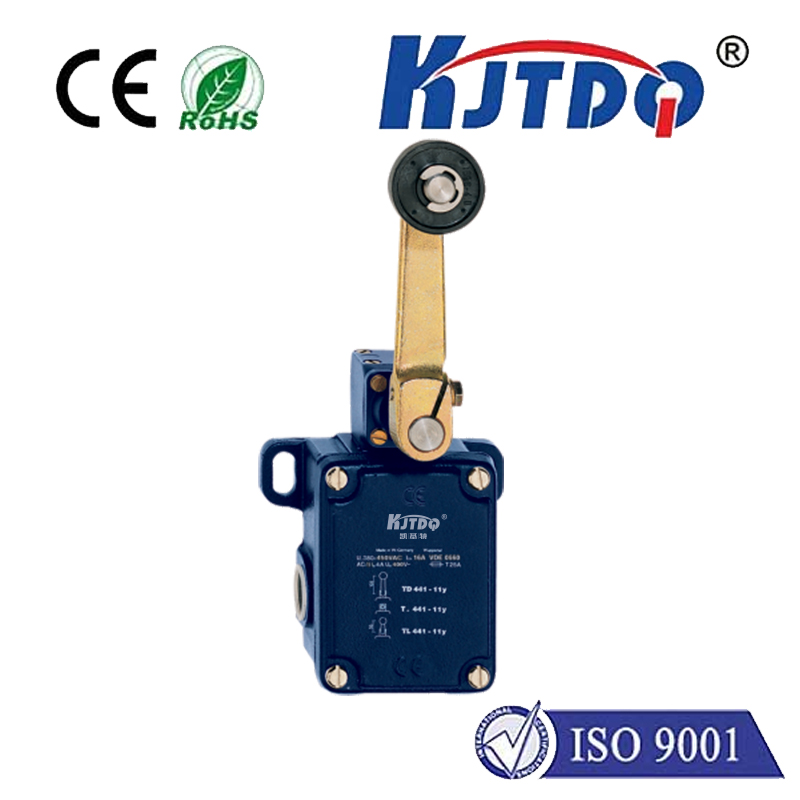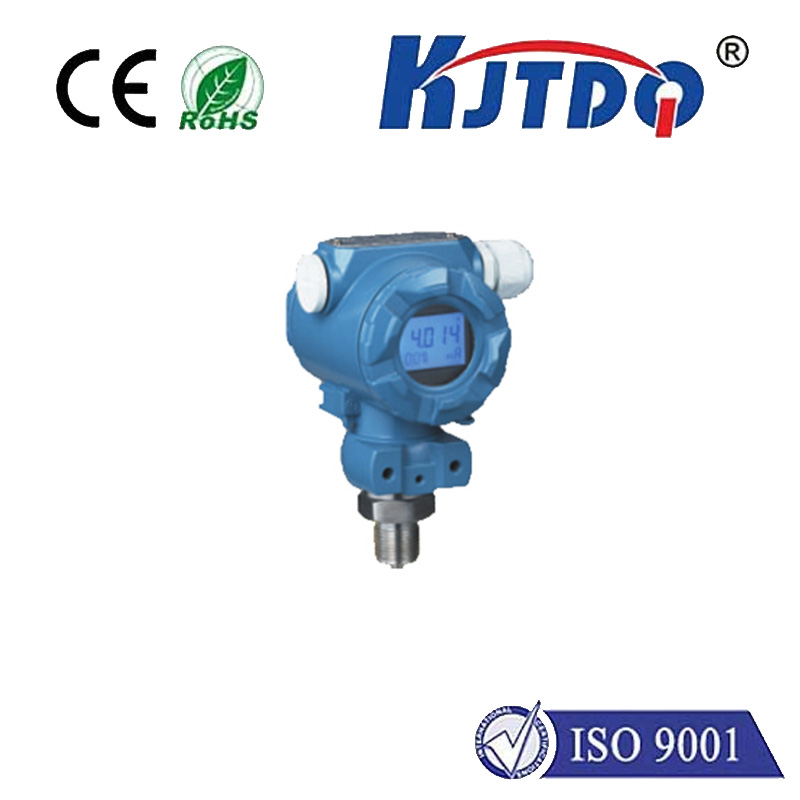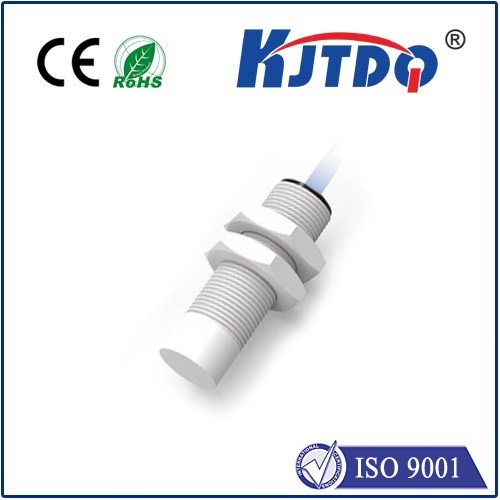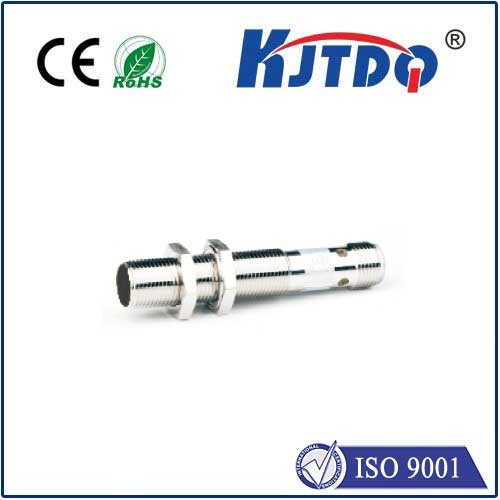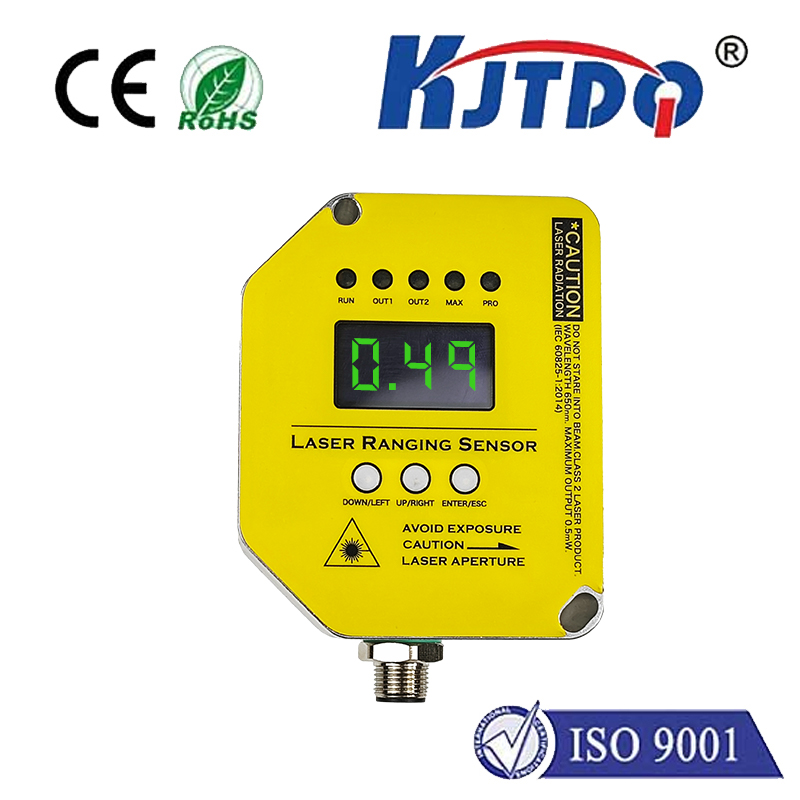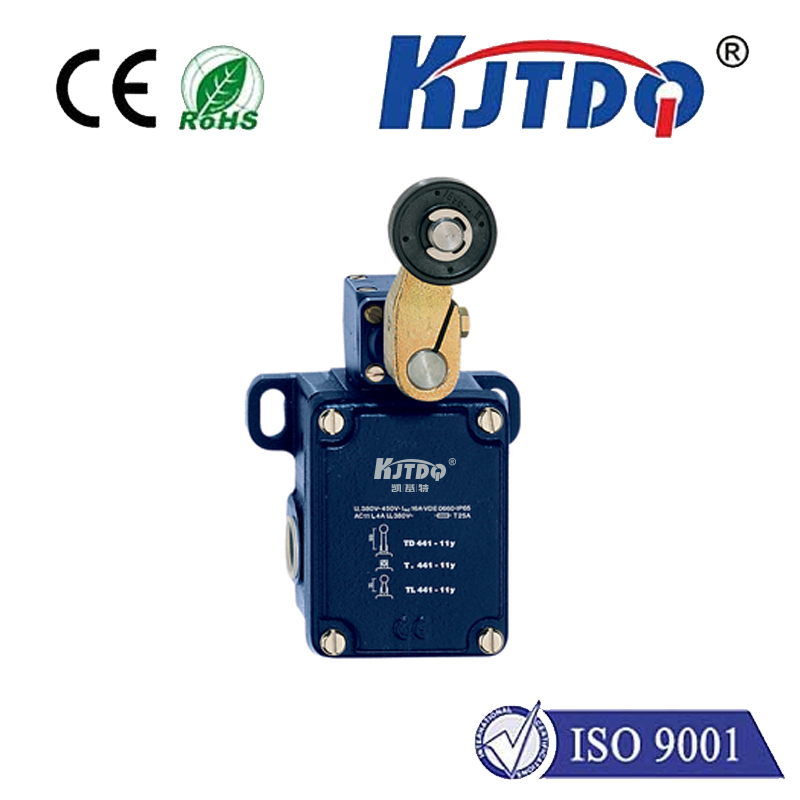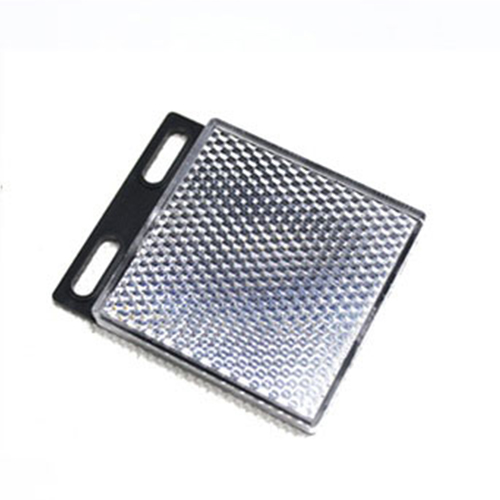prox probe proximity sensor
- time:2025-06-28 01:47:20
- Click:0
Prox Probe Proximity Sensors: Unlock Industrial Efficiency with Non-Contact Detection
Imagine this: A critical production line grinds to a sudden halt. Panic sets in. Technicians scramble, tracing the fault back to a worn-out mechanical limit switch – a component repeatedly slammed by a metal component, finally failing under stress. Downtime costs mount. This frustrating scenario, common in many industrial environments, is precisely where the prox probe proximity sensor shines as an elegant, robust solution. But what exactly is it, and how does it revolutionize detection?
At its core, a prox probe proximity sensor (often simply called a proximity sensor or prox sensor) is an electronic device designed to detect the presence or absence of nearby metallic objects without any physical contact. The term “prox probe” typically refers to a specific form factor – a cylindrical or tubular sensor body resembling a probe, making it ideal for installation in tight spaces or mounting via threaded barrels. It operates silently, reliably, and withstands environments where mechanical contacts would quickly wear out.
The Magic Behind Non-Contact Detection: Inductive Sensing
The vast majority of prox probe proximity sensors targeting metallic objects work on the principle of inductive sensing. Here’s the breakdown:
- Generating the Field: Inside the probe’s sensing face, a coil generates a high-frequency oscillating electromagnetic field.
- Disturbance by Metal: When a ferrous (iron-based) or non-ferrous (like aluminum, brass, copper) metal object enters this field, it causes eddy currents to form on the object’s surface.
- Detecting the Change: These eddy currents draw energy from the sensor’s oscillating field, effectively damping the oscillation. For ferrous metals, there’s also an additional effect due to the disturbance of the magnetic field.
- Triggering the Signal: The sensor’s internal circuitry continuously monitors the amplitude of its oscillation. When the damping caused by the target object exceeds a pre-set threshold, the sensor’s output state switches (e.g., from OFF to ON, or vice-versa).
Why Choose a Prox Probe? Key Advantages Over Mechanical Switches

The proximity sensor probe offers compelling benefits that make it indispensable in automation and machinery:
- Reliability & Long Life: No moving parts and no physical contact mean dramatically reduced wear and tear. These sensors can operate for millions of cycles, vastly outperforming mechanical counterparts. This translates directly to reduced maintenance costs and increased uptime.
- High-Speed Operation: Inductive proximity sensors react incredibly fast. They can detect objects moving at high speeds or vibrating rapidly – speeds far beyond the capability of mechanical switches. This is crucial for high-throughput production lines.
- Ruggedness: Sealed units boasting high IP (Ingress Protection) ratings (like IP67 or IP68) resist dust, dirt, moisture, oils, and coolants, making them suitable for harsh industrial environments. They shrug off vibrations that would destroy mechanical switches.
- Versatility: Available in diverse shapes (especially the ubiquitous cylindrical probe), sizes, sensing ranges, and output types (NPN, PNP, NO, NC, analog). Shielded versions allow flush mounting in metal, while unshielded types offer longer sensing ranges but need clearance around the sensing face.
- Consistent Performance: Provides a repeatable and accurate switching point, unaffected by surface condition (within reason – extremely dirty or oxidized surfaces can sometimes reduce range) or minor misalignment. The operating distance is a key specification to consider during selection.
Where Prox Probe Proximity Sensors Excel: Common Applications
The non-contact nature and robustness of prox sensors make them ubiquitous across industries:
- Position Sensing: Verifying cylinder piston position (end-of-stroke detection), checking if parts are correctly seated in fixtures or pallets, confirming the open/closed state of doors or guards. The prox probe form is perfect for mounting directly on cylinder bodies.
- Object Detection: Counting products on a conveyor belt (e.g., detecting metal caps or cans), confirming the presence of a part for machining or assembly, detecting metal slugs or tools. Mounting a proximity sensor probe near a conveyor path is a classic use case.
- Speed Monitoring: By detecting passing teeth on a gear or slots on a rotating disc, prox sensors can provide rotational speed feedback (often requiring specialized speed sensors, but standard proxes can be used for lower-resolution tasks).
- Level Detection: Detecting the presence/absence of metal objects in bins or chutes (e.g., metal shavings in a collection bin).
- End-of-Travel Limits: Replacing mechanical limit switches on automated gates, slides, or actuators for silent, reliable stops.
Selecting the Right Prox Probe Proximity Sensor: Key Considerations
Choosing the optimal proximity sensor involves more than just grabbing the first cylindrical probe you see. Key factors include:
- Target Material: Is it ferrous steel (longest range), non-ferrous (shorter range, varies by type), or stainless steel (shorter range still)? Sensor specifications clearly state the standard sensing distance (Sn) for mild steel and often provide correction factors for other metals.
- Required Sensing Distance (Sn): How far away does the target need to be reliably detected? Ensure the sensor’s nominal range exceeds your actual operating distance, accounting for installation tolerances and target size. Remember, the effective sensing range can be affected by target size and material.
- Environmental Conditions: Consider temperature extremes, potential chemical exposure (coolants, solvents), washdown requirements (high IP rating), and presence of strong magnetic fields. Look for sensors rated for your specific ambient operating temperature.
- Physical Size & Mounting: The probe form factor comes in various diameters (M4, M5, M8, M12, M18, M30 are common) and lengths. Ensure it fits the available space and is compatible with mounting brackets or threaded holes. Decide if shielded (allows flush metal mounting) or unshielded (longer range, needs clearance) is needed.
- Electrical Specifications: DC voltage supply required (e.g., 10-30V DC)? Output type needed: NPN or PNP? Normally Open (NO) or Normally Closed (NC)? Is an analog output (e.g., 0-10V, 4-20mA indicating distance) required instead of a simple switch?
- Output Configuration: 2-wire, 3-wire, or 4-wire? 3-wire (with separate power, ground, and output wires) is the most common type for discrete outputs.
Beyond the Basics: Smart Features and Integration
Modern prox probe proximity sensors offer features enhancing functionality and diagnostics:
- IO-Link: This communication protocol transforms simple proximity sensors into smart devices. It enables remote configuration, detailed diagnostics (temperature, operating hours), process value reporting (actual distance), and simplified device replacement. An IO-Link enabled proximity sensor is a cornerstone of Industry 4.0 strategies.
- Enhanced Diagnostics: Some sensors provide visual LED indicators showing not just target detection, but also potential faults like short circuits or wire breaks.
- Specialized Variants: High-temperature sensors, heavy-duty models for extreme environments, factor 1 sensors (detect all metals at same range), and sensors optimized for specific non-ferrous metals.
The Unsung Hero of Automation
From the massive presses in an automotive factory to the delicate robotics assembling electronics, the humble prox probe proximity sensor works tirelessly. Its ability to provide reliable, non-contact detection of metallic objects is fundamental to modern automation, manufacturing efficiency, and machine safety. By understanding its operating principle – inductive sensing – and carefully selecting the right sensor based on material, range, environment, and electrical needs, engineers and technicians can build systems that run longer, faster, and more reliably. The next time you see






